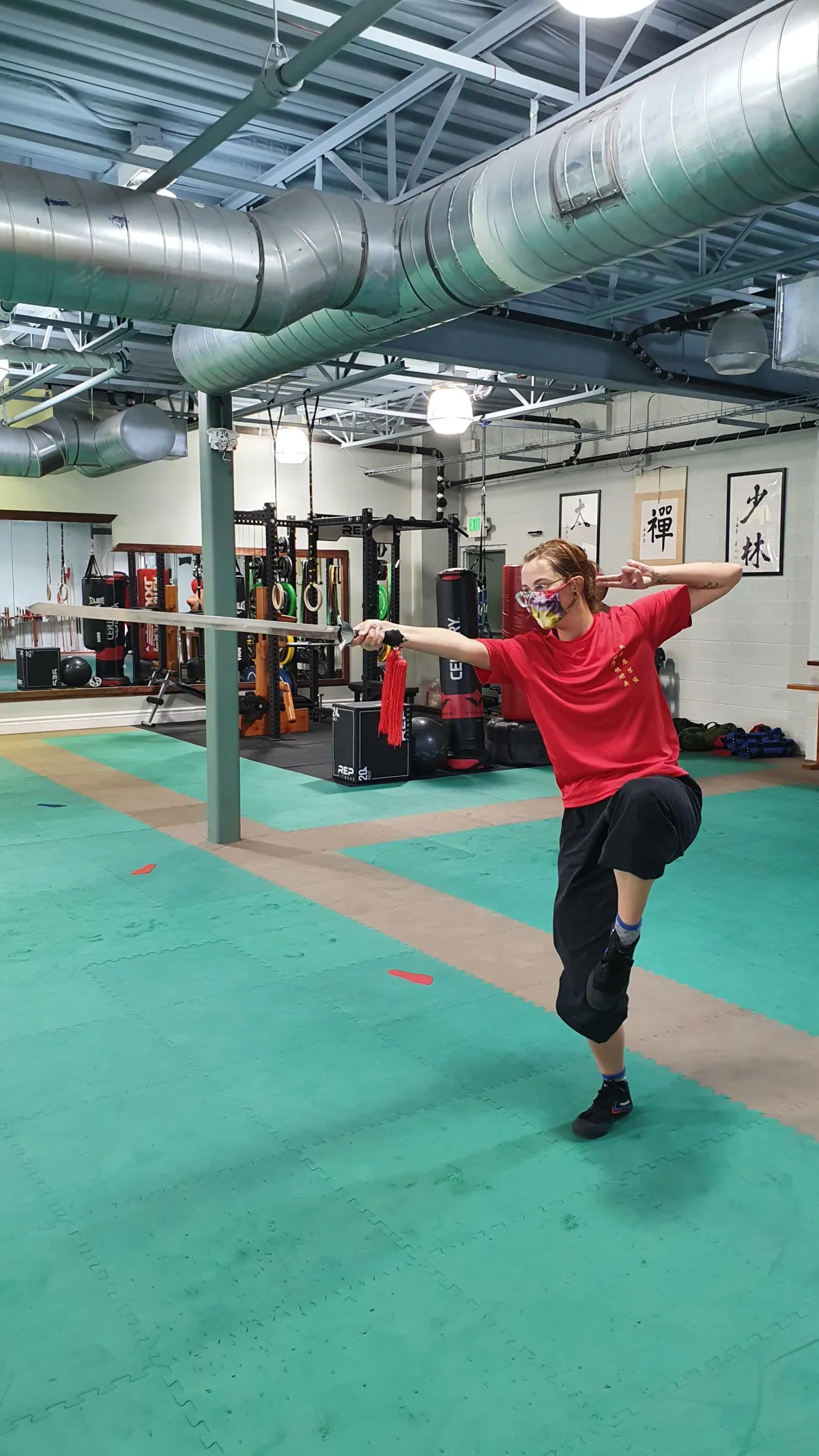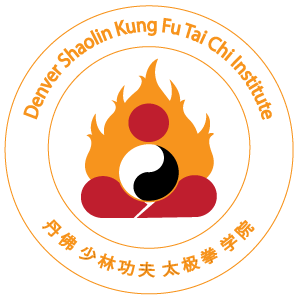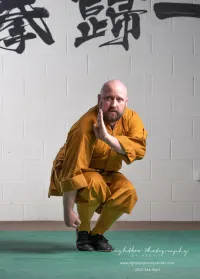720-340-9059
info@denvershaolintaichi.com
Open hours: M-F 12pm-9pm, Sat-Sun 9am-12pm
BLOG
BLOG Posts
Learn more about our thoughts behind good kung fu, and all that it represents.

5 Ways to Practice
5 Ways to practice your form
There are several ways you can work through your form. Different things you consider or focus on while you practice. As you practice in class, your teacher will often stop you or make a correction, but sometimes you want to practice on your own. Maybe you’re traveling, or you can’t come in, or maybe your teacher is looking somewhere else. So how do we practice to improve? Do we just walk through the form the same way we did last time? What do we think about, consider while we train ourselves how do we play with it, and make it our own?
1. Slow and thoughtful
The first way we can go through our form is slowly, deliberately, thoughtfully. Think of the way we see Taiji players practice. Going through each movement with thoughtful consideration. Pay special attention to your stance and your feet. You’re moving slowly, you have time to pause and scan yourself. Am I balanced? Are my hips\feet facing the correct direction? Where am I looking? What am I thinking of as I move?
All of these are very important things to consider as we practice. These are things we must learn to internalize. Self-correction is one of the best ways to internalize your form and movements. When your teacher shows you a form or a technique, you shouldn’t expect to have it perfectly on the first attempt. Instead, you must learn to notice what is correct, and what is incorrect. Then notice this in yourself and adjust. You have learned something when you can see it in yourself, and fix the problems and inconsistencies.
Another great advantage of moving slowly is focusing on your weight and balance. As we move through our forms, we need to consider the move before, and the one after our current technique. Often, we must shift our weight, feet, stance, or a dozen other things during our transitions. By moving slowly, we can play with our weight, shifting it from one foot to another, allowing us to transition without hurting our ankles or knees. Once we can do this slowly, we can add speed, and be able to make those transitions more smoothly, and quickly, allowing you to maintain power even in awkward stance changes.
2. Fast without hesitation
The next way we practice is just pure speed! Practice fast, and fast only! It can be hard to improve our speed when we’re always busy thinking about what comes next, or ‘is my stance good enough?’. Will you make mistakes? Absolutely. But take note of those. Those are movements and sequences you don’t know as well. Will your stances suffer? At first, yes! But again, make not and keep those in mind for practicing slowly and deliberately. This means that you’re not practicing deep enough most of the time. Your body is defaulting to a higher or incorrect stance.
So you may be wondering how to do it. You go fast and make mistakes? YES! Do your form as fast as you possibly can. If you make a mistake, just keep going. Flow into the next sequence and keep working! As you practice like this over time, slowly you will stop missing pieces. You won’t be making mistakes, but your form will be quick, and stable!
3. Hard Dynamic and Strong
The next way we want to practice our form is with strength. So far we have gone slow, and we have gone fast. Now we need to add strength. This will be slow, especially at first. Put power behind every single movement! Even the ones that are normally soft. Use Concentric contractions when you punch and kick. Concentric contractions movement is like fighting your self. Keep yourself purposefully tense moving through your form. This is going to feel very strange and awkward at first, but after practicing this way, once you relax and move through your form, you will find much of that power is still present and you’re moving more quickly. Once put together with the slow and fast practices, you will find you’ve added a lot of power and fluidity to the movement when practicing it in your ‘normal’ way.
4. Like you’re performing it
Now that we’ve practiced what many would consider the ‘obvious ways’ of practice: slow, fast, and strong; we move into more abstract ideas of practice. The first of these is to practice ‘like you’re performing your form’ or ‘like you’re in a tournament’. When many of us begin, we don’t understand the difference between doing, practicing, and performing our forms. When we practice our form, we tend to focus on the details, this is great, but is different from how we perform the form.
When we perform our forms, it is often for people who don’t know the details of that form. They can be judges at tournaments, our family, or even the general public. Depending on your style, tournament judges may not know the details of your form, so they will focus on your gong fa. This constitutes your individual techniques, your eyes, hand movement, body movement, stance, and intent. These are the things we want to emphasize here.
This is when we move very dynamically. We will vary our pace throughout the form. Find the pause\hold point in the ebb and flow of your form, think photo opps! Find where we want to move quickly, and where we want to move slowly. Picture what you want to show people about your form. This will change depending on the form. Is this supposed to be very fast and strong? Show that! Should it be more circular and fluid? Show your skills there.
When we practice like that, imagine we are in front of an audience who doesn’t know our form. How can we best move through it dynamically to show the form’s details, and to impress our audience! One analogy to keep in mind is eating your favorite meal! If you go as fast as you can, sure, you’ve eaten and it tastes okay, but then it’s gone and over and you want more. If we slow down and enjoy it, we’re much happier. Performing is much like this. Take your time, let your audience enjoy the form and be impressed with your movement!
5. Like you’re doing it for your teacher
The final way we practice is imagining we are demonstrating for our teacher. This takes aspects of the previous 4 methods and puts them all together. Your teacher knows the form inside and out. We don’t have to slow down to show off, we don’t need to let them experience the form, we need to demonstrate how well we know this form. This means we move fast AND strong AND smoothly. We show the style and application. It should look like you’re fighting an invisible opponent and you’re winning!
When we practice this way, it takes all the previous methods and pulls them together. We don’t take a long pause or photo opp moments. There may be points in the form that naturally hold, or pause, but then we move on strong and sharp! This practice is when we pull out all of the stops, trying to move as strongly and quickly as we can.
So how do we put this into our daily practice? Do we take on at a time, several? I suggest taking each of your forms, and working through all 5. Apply all 5 to your form, then move on to the next form. If you have the time do all 5 for your forms each day. You will be amazed how quickly your forms and your practice improve.
HEAR WHAT OUR MEMBERS HAVE TO SAY:
Schedule a Visit
FIND YOUR BALANCE
Visit Us
Hours of Operation
Monday – Friday:
4:30pm-8:30pm
Monday, Wednesday, Friday:
10:00am-1:00pm
Saturday:
9am-11:30pm
Questions?
Denver Shaolin Kung Fu Tai Chi Institute
5001 S Parker Rd
Ste 103
Aurora, CO, 80015
720-340-9059
info@denvershaolintaichi.com




